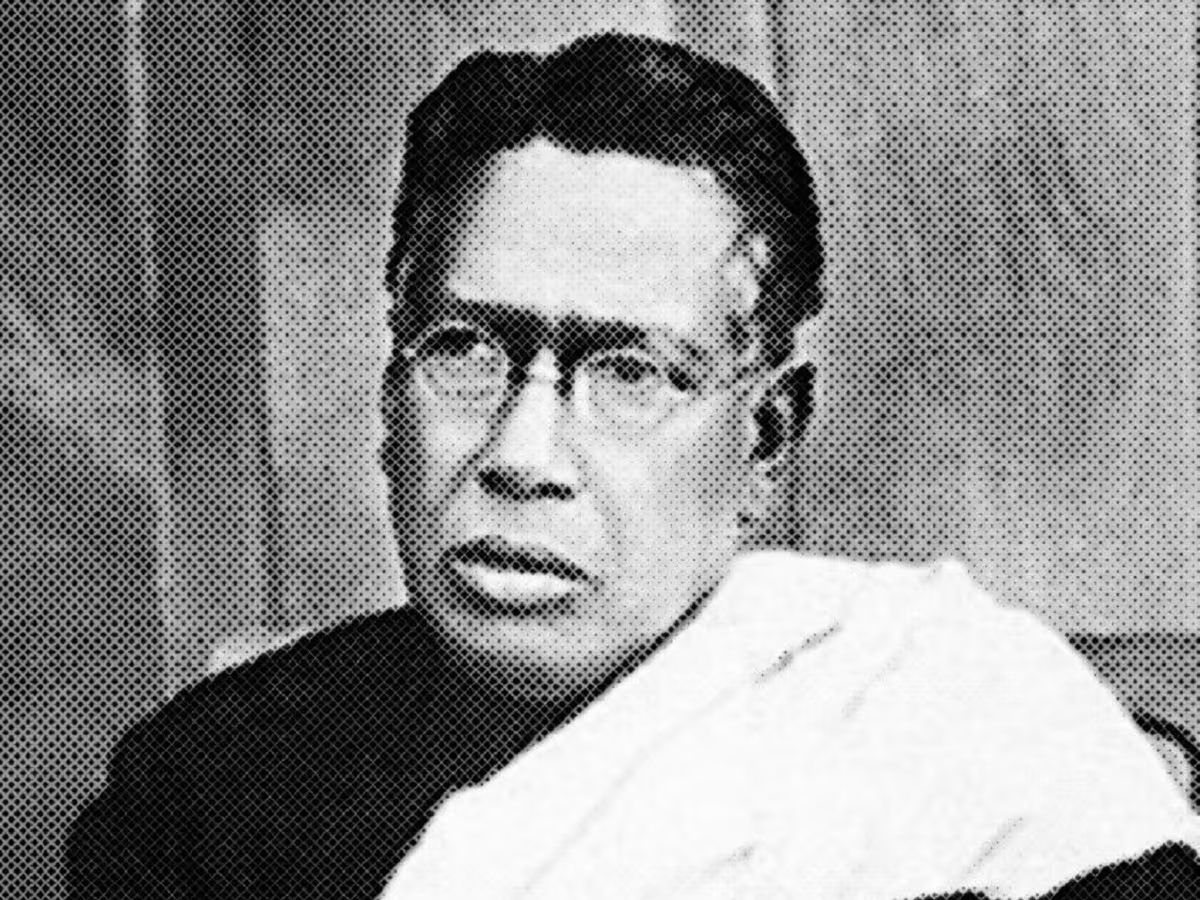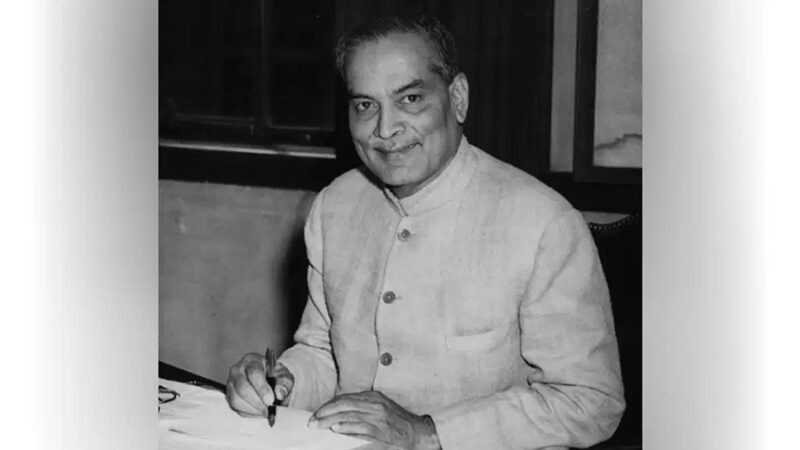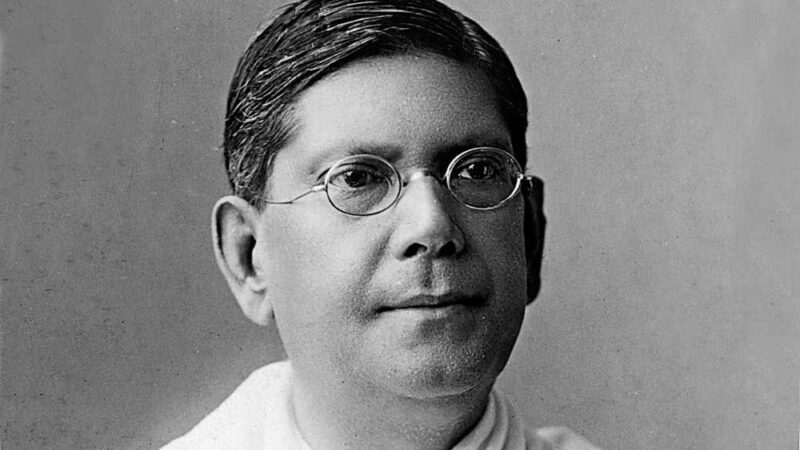Bipin Chandra Pal: The Voice of Revolutionary Nationalism in India’s Freedom Struggle

Bipin Chandra Pal: The Voice of Revolutionary Nationalism in India’s Freedom Struggle
Introduction
Bipin Chandra Pal was one of India’s most influential nationalist leaders, remembered as an integral part of the famous Lal-Bal-Pal trio, alongside Lala Lajpat Rai and Bal Gangadhar Tilak. A fearless freedom fighter, journalist, social reformer, and orator, Pal was a key advocate of the Swadeshi Movement and the philosophy of complete independence from British rule.
His radical nationalist ideologies, strong opposition to British policies, and unshakable commitment to self-reliance and national education made him one of the most prominent voices of India’s early independence movement. Despite being overshadowed by later leaders like Mahatma Gandhi, his contributions to India’s freedom struggle, social reform, and nationalist journalism remain remarkable.
This article explores Bipin Chandra Pal’s early life, contributions to the freedom movement, ideologies, and lasting impact on India’s history.
Early Life and Education
Born on November 7, 1858, in Poil village, Sylhet District (now in Bangladesh), Bipin Chandra Pal belonged to a wealthy Bengali Kayastha family. His father, Ramchandra Pal, was a scholar of Persian and Sanskrit, instilling in him a deep interest in education and knowledge.
Pal received his early education at Church Mission Society College (now St. Paul’s Cathedral Mission College, Kolkata). Although he started his formal studies, he could not complete his graduation, yet his intellectual depth, knowledge of politics, and strong oratory skills positioned him as one of the leading nationalists of his time.
His reading of Western political philosophy and his experiences in Brahmo Samaj, a socio-religious reform movement, influenced his nationalistic and reformist ideas, which later shaped his role in the Indian independence movement.

Bipin Chandra Pal’s Role in the Freedom Struggle
1. The Swadeshi Movement and Opposition to Bengal Partition (1905)
One of Bipin Pal’s most defining contributions was his leading role in the Swadeshi Movement of 1905, which emerged as a reaction to Lord Curzon’s decision to partition Bengal. The movement called for:
- Boycott of British goods in favor of indigenous Indian products.
- Promotion of Swadeshi industries, local handicrafts, and national education.
- Civil disobedience and protests against British rule.
Pal was instrumental in spreading nationalist ideals through speeches, writings, and newspaper articles, emphasizing that India must achieve complete independence rather than mere administrative reforms.
2. The Lal-Bal-Pal Triumvirate
Pal, along with Lala Lajpat Rai and Bal Gangadhar Tilak, formed a formidable trio that championed radical nationalism against British rule. Unlike moderate leaders who sought constitutional reforms, the Lal-Bal-Pal trio advocated self-rule and mass movements to challenge British dominance.
Pal’s belief in aggressive nationalism led him to promote education, industrial self-sufficiency, and boycotts of foreign goods to weaken British economic control over India.

3. Role as a Journalist and Writer
Apart from his active role in politics, Bipin Pal was an influential journalist. His contributions to newspapers and journals played a significant role in mobilizing public opinion against British rule. He worked with several major publications, including:
- Bengal Public Opinion
- The Tribune
- New India
His writings covered social reform, the need for self-reliance, and India’s path to independence. Through his journalistic work, he criticized British policies and exposed colonial injustices.
Bipin Chandra Pal’s Social Reforms
1. Advocacy for Women’s Rights and Social Equality
Beyond politics, Bipin Pal was a strong advocate for social reforms, particularly focusing on:
- Women’s rights and education.
- Opposition to the caste system and untouchability.
- Promotion of widow remarriage.
He worked closely with Brahmo Samaj, a reformist movement that challenged orthodoxy and promoted progressive social values. Pal’s vision extended beyond just political independence—he wanted to build a socially inclusive and progressive Indian society.

2. National Education and Self-Reliance
Pal firmly believed that education was the foundation of India’s independence. He advocated for:
- Establishing national schools free from British control.
- Using vernacular languages in education.
- Teaching Indian history and cultural heritage to instill national pride.
His efforts significantly contributed to the rise of indigenous institutions and nationalist education movements in India.
Why Bipin Chandra Pal Was Different From Other Leaders
While many leaders of his time followed moderate political approaches, Pal stood apart due to his uncompromising vision of complete independence. Unlike Mahatma Gandhi’s non-violent resistance, Pal initially supported aggressive means of opposition before later withdrawing from active politics.
Unlike Bal Gangadhar Tilak, who emphasized Hindu nationalism, Pal’s vision was more inclusive, focusing on:
- Unity between Hindus and Muslims in the freedom struggle.
- Economic and social self-reliance.
- The complete rejection of British political influence.
Although he gradually withdrew from active politics after 1919, his influence on younger nationalists like Subhas Chandra Bose remained significant.
Legacy and Influence
Even though Bipin Pal did not receive the same historical recognition as Gandhi or Nehru, his ideas and contributions laid the groundwork for:
- The Swadeshi Movement, which later inspired Gandhi’s non-cooperation movement.
- The promotion of indigenous industries, which became a pillar of India’s economic policies post-independence.
- Nationalist journalism, which played a crucial role in shaping public opinion during colonial rule.
He passed away on May 20, 1932, leaving behind a legacy of revolutionary thought and unwavering nationalism.
Conclusion
Pal was a visionary leader, fearless nationalist, and progressive social reformer whose ideas played a foundational role in India’s struggle for independence. His emphasis on self-reliance, Swadeshi, and social justice makes him one of the most influential yet underrated figures in Indian history.
Despite being overshadowed by later leaders, his ideas remain relevant in modern India. Pal’s life teaches us that true nationalism goes beyond politics—it is about self-sufficiency, education, and societal transformation.
As India continues its journey toward progress, the legacy of Bipin Pal remains a guiding force for future generations.
Bipin Chandra Pal’s legacy of fearless nationalism and unwavering commitment to India’s freedom struggle continues to inspire generations. His vision of self-reliance, national education, and social reform remains relevant even today.
👉 Want to explore more about India’s revolutionary freedom fighters? Check out our detailed articles on the Swadeshi Movement, Lal-Bal-Pal trio, and other iconic leaders who shaped India’s destiny.
📢 Join the conversation! What are your thoughts on Bipin Pal’s contributions to India’s independence? Share your views in the comments below!
💡 Stay updated on historical insights and freedom movement stories! Subscribe to our newsletter and never miss an inspiring story from India’s glorious past!
For More Post about Bengali Legends please visit Bengali Legends
Follow Us for on Social Media: Facebook | Instagram | Pinterest | Twitter | YouTube






